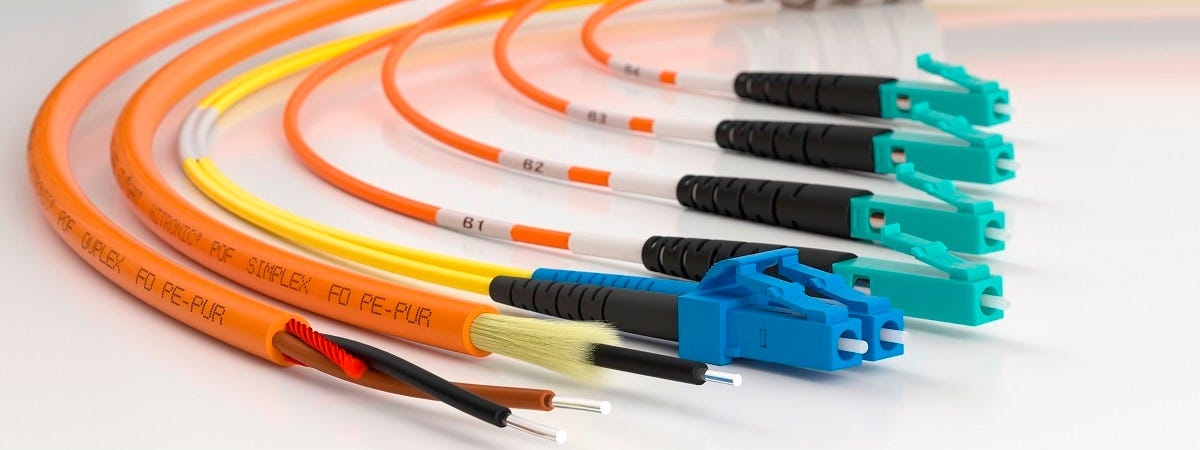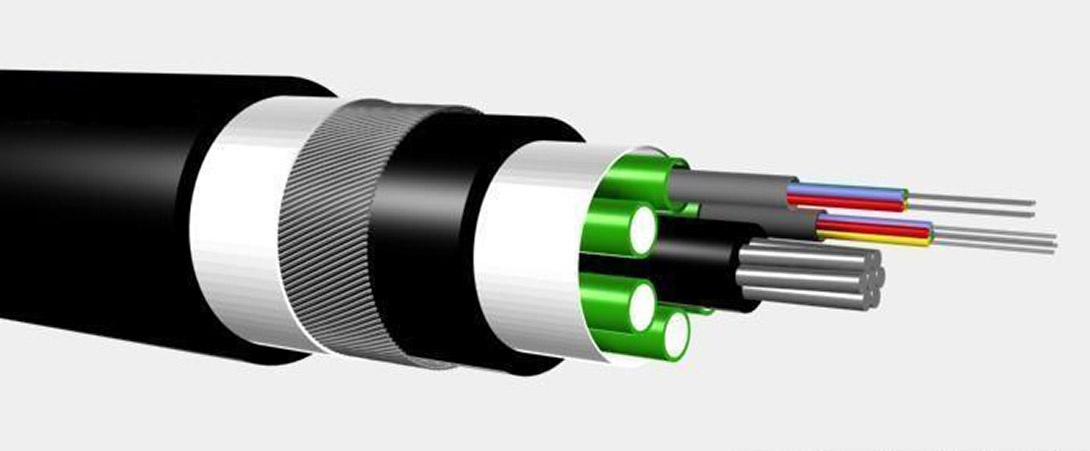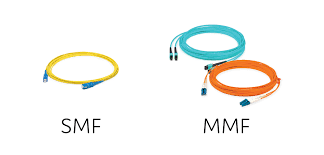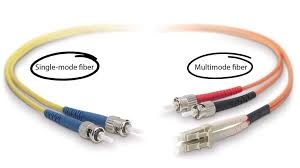Understanding Single-Mode Fiber vs. Multi-Mode Fiber

In today’s fast-paced world, the need for high-speed data transmission is greater than ever. Fiber optic cables have become the backbone of modern communication systems, allowing data to travel at incredibly high speeds over long distances. However, not all fiber optic cables are the same. The two most common types are single-mode fiber and multi-mode fiber. Both serve essential purposes but are designed for different applications.
What is Fiber Optic Cable?
Before diving into the differences, it’s helpful to understand what fiber optic cables are. Unlike traditional copper cables that use electrical signals, fiber optic cables transmit data using light. This allows for faster, more efficient transmission with less signal loss. Fiber optic cable is composed of a core (where the light travels), cladding, and an outer protective layer.

Now, let’s take a closer look at single-mode fiber and multi-mode fiber.
What is Single Mode Fiber?
Single-mode fiber (SMF) is a type of fiber optic cable with a small core diameter, typically around 8-10 microns. This small core allows only one mode or light path to travel down the fiber. The light travels in a straight line, which reduces signal distortion and allows the transmission of data over much longer distances compared to multimode fiber.
Key Features of Single Mode Fiber:
- Core size: 8-10 microns
- Transmission distance: long distance (up to 100 km or more without signal amplification)
- Light source: laser
- Bandwidth: Very high, ideal for long-haul communications
- Cost: Generally more expensive than multimode fiber, but worth it for long-distance applications
Single-mode fiber is typically used in large-scale telecommunications systems, internet backbones, and long-distance data transmission. Its ability to maintain signal integrity over long distances makes it an excellent choice for high-speed, large-scale networks.

What is multi-mode fiber?
Multi-mode fiber (MMF) has a much larger core diameter, usually around 50–62.5 microns. Because of this larger core, multiple light paths or modes can travel through the fiber simultaneously. However, these multiple paths can cause light signals to overlap, resulting in greater signal loss over distance. This limits the effectiveness of multimode fiber to shorter distances compared to single-mode fiber.
Key Features of Multi-Mode Fiber:
- Core size: 50-62.5 microns
- Transmission distance: short distance (up to 2 km, but typically used for 500 meters or less)
- Light source: LED
- Bandwidth: Moderate, best suited for short-distance applications
- Cost: More affordable than single-mode fiber, making it a popular choice for local networks.
Multimode fiber is often used in local area networks (LANs), data centers, and other short-distance applications. Its affordability and ease of installation make it a great option for small to medium-sized networks that don’t require long-distance communication.
Key Differences Between Single-Mode and Multi-Mode Fiber
- Core Size: The most obvious difference between single-mode and multi-mode fiber is the core size. Single-mode fiber has a smaller core, allowing only one light path to travel through it, while multimode fiber’s larger core allows multiple light paths. This difference in core size affects how the light travels as well as the overall performance of the cable.
- Transmission Distance: Single-mode fiber is the clear winner when it comes to transmission distance. Because light travels in a single straight path, it can maintain its integrity over much longer distances—up to 100 kilometers without amplification. On the other hand, multimode fiber is best suited for short-distance communication, typically used within buildings or on campuses, with a maximum effective range of around 2 kilometers.
- Bandwidth: If your network requires high bandwidth, single-mode fiber is the better option. It can handle more data at higher speeds, making it ideal for large-scale operations like telecommunications and long-haul data transmission. Multimode fiber provides sufficient bandwidth for short-range applications, but it doesn’t support the same data capacity as single-mode fiber.
- Cost: When it comes to cost, multimode fiber is more budget-friendly. The components needed, such as LEDs for the light source, are less expensive than the laser components required for single-mode fiber. This makes multimode fiber an affordable solution for short-distance networks. However, for long-term and long-distance use, single-mode fiber may be more cost-effective in the long run, as it reduces the need for additional equipment like signal boosters.
When to Choose Single-Mode Fiber
You should opt for single-mode fiber if:
- Your network needs to cover long distances, such as in metropolitan area networks (MANs) or even between cities.
- You require high bandwidth and fast data transfer speeds, particularly for tasks like video streaming, cloud computing, or internet backbone operations.
- You’re looking for a future-proof solution that can accommodate growing data needs as your network expands.
When to Choose Multi-Mode Fiber
Multi-mode fiber is the right choice if:
- Your application involves short-distance communication, such as within a building or across a campus.
- You’re working with a tight budget and want an affordable, efficient solution for local networks.
- Your network doesn’t require ultra-high-speed data transmission or long-distance coverage.

Conclusion
Understanding the difference between single-mode fiber and multi-mode fiber is crucial for building an effective and efficient network. While single-mode fiber is best suited for long-distance, high-bandwidth applications, multi-mode fiber is a more affordable and practical choice for short-range communication.
When choosing between the two, consider the specific needs of your network—whether it’s the distance you need to cover, the amount of data you plan to transmit, or your budget constraints. By selecting the right fiber optic cable for your situation, you can ensure that your network is reliable and future-proof.
- Industry
- Art
- Causes
- Crafts
- Dance
- Drinks
- Film
- Fitness
- Food
- Juegos
- Gardening
- Health
- Home
- Literature
- Music
- Networking
- Other
- Party
- Religion
- Shopping
- Sports
- Theater
- Wellness
- News


